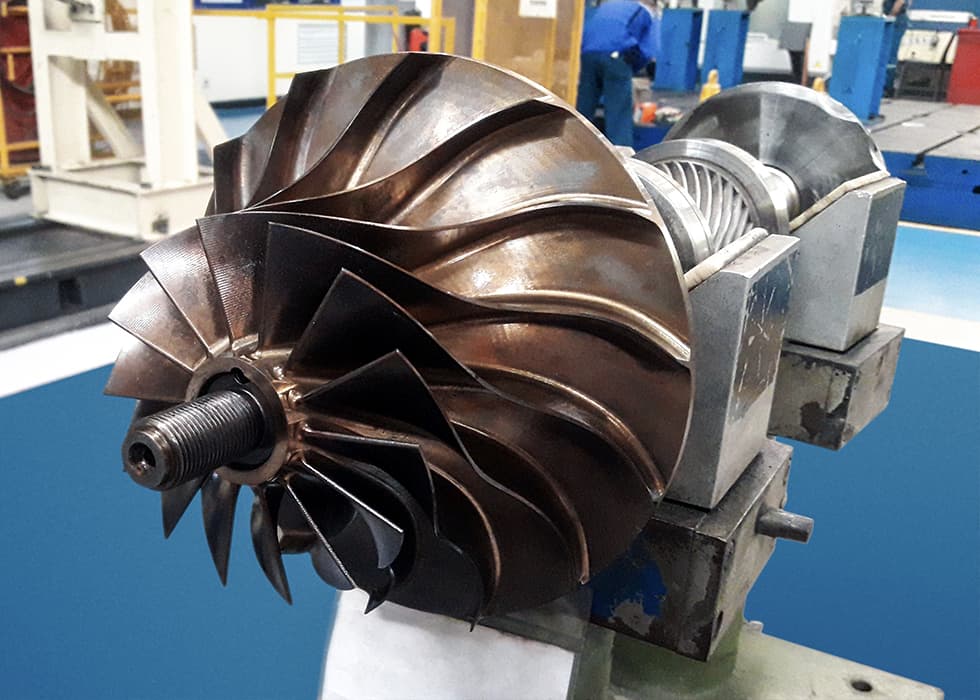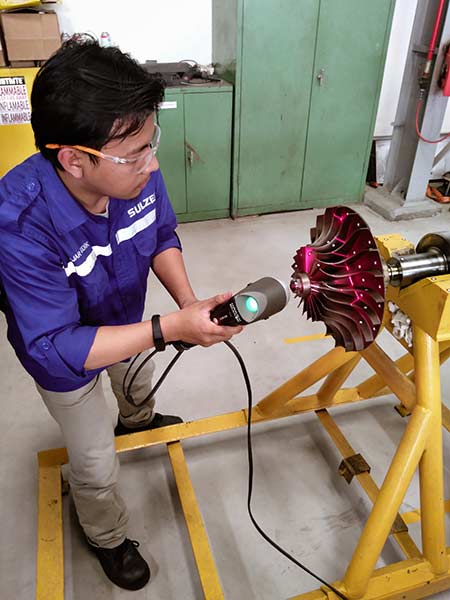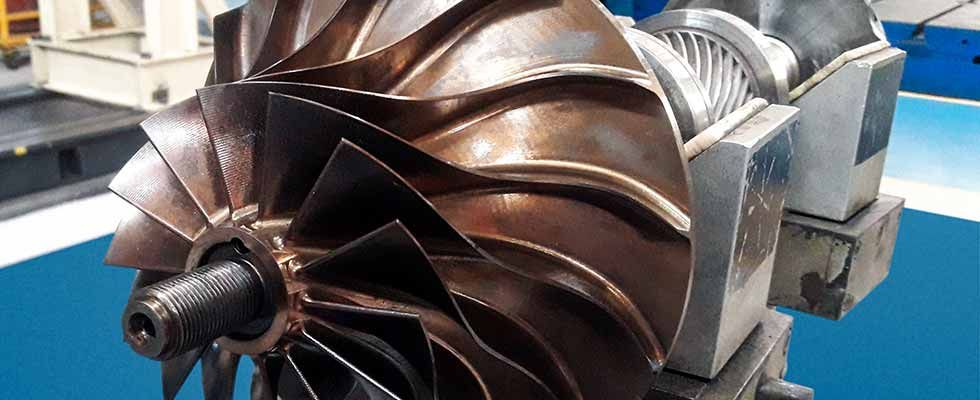Many industrial processes rely on compressors for a host of tasks, from powering machinery to squeezing industrial gases for storage and transportation. Replacing important parts quickly is essential for continued productivity. When one of its main compressors failed, a company in the Philippines faced high costs and the prospect of a long wait for a critical replacement part.

IMAGE 1: The complex impeller geometry was recreated using digital modeling. (Images courtesy of Sulzer)
Compressors can be large, consuming hundreds of kilowatts (kW) of power, but the integral component is a precision-engineered, high-speed impeller, which can be just a few centimeters (cm) in diameter.
Finding replacement parts can be a challenge when assets suffer from unexpected failures. When spare parts are not available, creating a new part may be the best alternative. In this scenario, reverse engineering is a critical capability to ensure success.
Establishing Principles
Reverse engineering can be a cost-effective and swift solution for refurbishing legacy assets, minimizing downtime and improving reliability as well as performance. Creating new components as direct replacements or with improved materials, geometry or dimensions can ensure continued performance.
The process involves establishing the proper materials, heat treatments, dimensions and tolerances as well as any surface treatments that will optimize performance. Each stage requires considerable expertise and advanced facilities to deliver a new component that will provide improved reliability.
Of course, simply measuring the component and creating a new one is not the answer. Any wear must be assessed and comparisons with mating parts need to be made to establish the correct dimensions of the new part. This is just the beginning; analysis of the component is critical to determine the most suitable material and design, which may be improved using modern manufacturing techniques.
New Manufacturing Processes
One process used is additive manufacturing (AM), which is suited to the production of single or low volume components.
Direct AM can be achieved in several alloys, such as 316L stainless steel and Inconel 625, using laser powder bed melting to make more complex components.
Indirect AM can print replicas of the part required in plastic or wax. These are then encased in a ceramic shell, which is heated to melt the wax/plastic to fire the ceramic. This produces a hollow mold that can be filled with metal alloy and, once allowed to cool, the ceramic shell is broken away to leave the final part.

IMAGE 2: Laser scanning offers a quick and precise method of data acquisition. (Images courtesy of Sulzer)
The detail and surface finish achieved through this process can improve quality and reduce the time required for tooling to create new parts.
With the right resources, maintenance providers can recreate parts that have suffered considerable damage, even if the original drawings are unavailable. Components operating in rotating equipment are subjected to considerable wear during their lifetime.
Turbine blades and generator rotors, as well as impellers from pumps or compressors, are just some of the critical parts reverse engineering capabilities support. Reverse engineering offers users further benefits in improved machine performance through engineered upgrades to the components.

